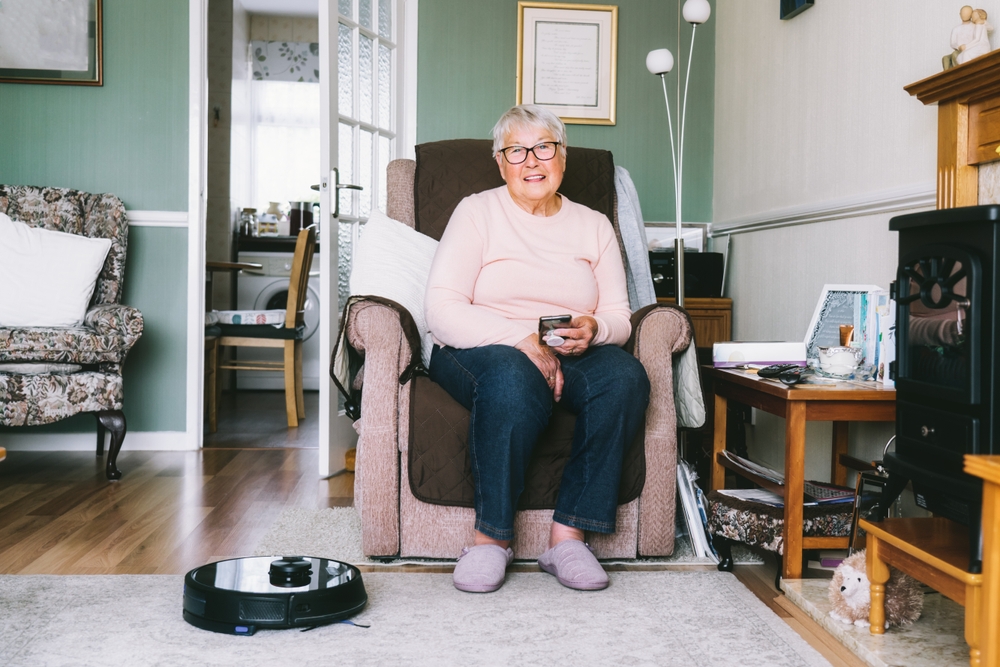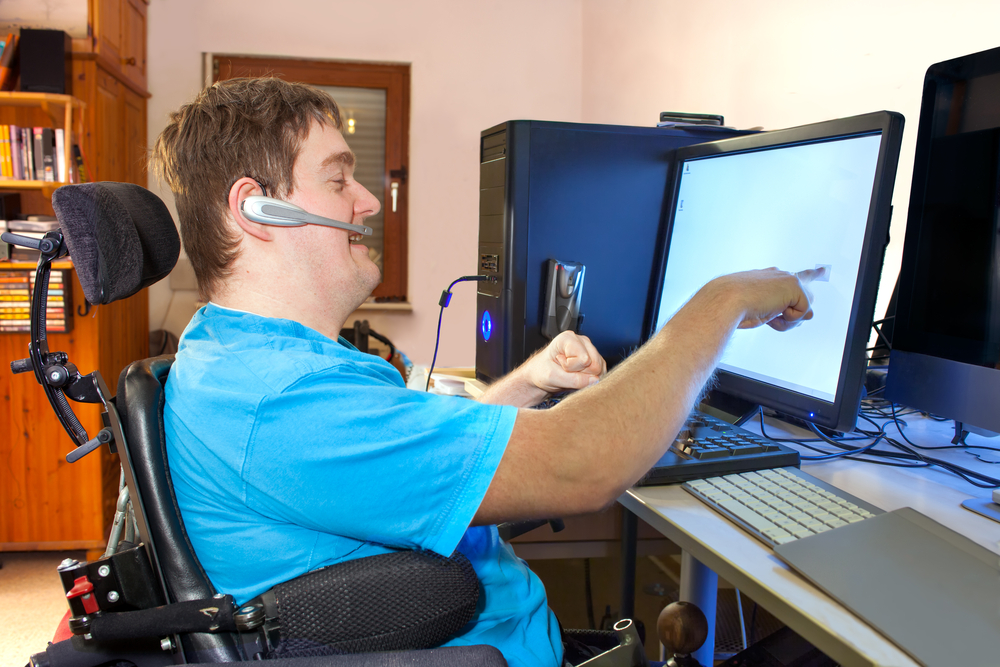Make an Appointment
Children with Sensory Processing Disorder (SPD) experience the world differently. A light touch might feel overwhelming, a loud sound might cause distress, or certain textures might be irresistible. Some children avoid sensory input altogether, while others seek it constantly.
For parents and carers, it can be hard to know how to help.
- What activities are safe and calming?
- Which ones help children learn to manage their sensory needs?
- How do you make sensory play fun instead of overwhelming?
Sensory play is one of the easiest ways to support children with SPD at home. It helps them process sensory input in a controlled, predictable way, building comfort and confidence. In this guide, we’ll share simple sensory play ideas, toys and games that support sensory development, and tips for creating a safe and engaging sensory environment.
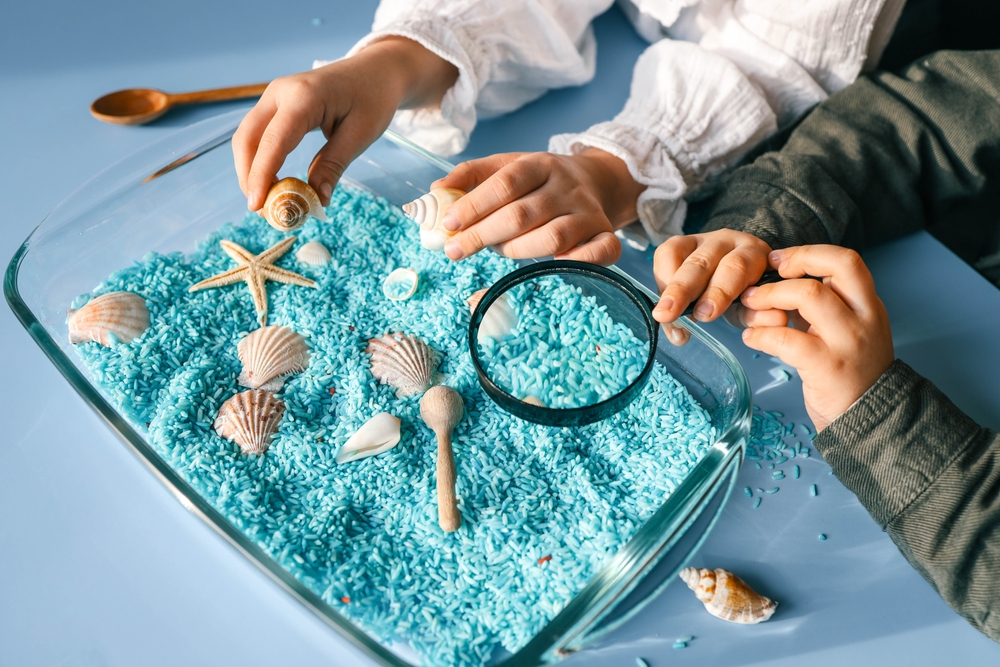
Understanding Sensory Processing Disorder and Sensory Play
Sensory Processing Disorder affects how the brain interprets information from the senses: touch, sound, movement, taste, smell, sight, and even body awareness. For some children, sensory messages feel “too loud,” causing them to avoid certain experiences. Others need more input to feel calm and focused.
Sensory play is a way to expose children to different types of sensory input in a safe, predictable, and enjoyable way. It can help them:
- Build tolerance for textures, sounds, or movements that normally feel overwhelming
- Develop body awareness (proprioception) and balance (vestibular sense)
- Improve self-regulation, helping them stay calm and focused
- Enhance fine and gross motor skills through activities like squeezing, pouring, or climbing
- Encourage creativity and problem-solving while playing
An occupational therapist can design a personalised “sensory diet”, a set of activities tailored to your child’s needs. For more detail on sensory strategies, visit our Occupational Therapy services.
If you’d like to learn more about sensory processing, the Raising Children Network has excellent resources for Australian families.

Simple Sensory Play Activities
Sensory play doesn’t need to be complicated or expensive. Many activities can be set up with items you already have at home. Here are ideas for different types of sensory input.
Tactile Play: Exploring Textures
Tactile play helps children become more comfortable with different textures and improves fine motor skills.
- Sensory bins: Fill a container with rice, dry pasta, sand, or shredded paper. Hide small toys for your child to find.
- Homemade playdough: Add scents like lavender or citrus for extra sensory input. Encourage squeezing, rolling, and cutting.
- Texture trays: Lay out fabrics, sponges, and natural items like leaves or shells for touch-and-feel exploration.
Proprioceptive Play: Deep Pressure and Body Awareness
Proprioceptive activities give the body input through muscles and joints, which can be calming.
- Heavy work tasks: Carrying laundry, pushing a box of soft toys, or moving cushions from one room to another.
- Animal walks: Pretend to be a crab, frog, or bear crawling across the room.
- Therapy putty or resistance bands: Squeezing, pulling, and stretching builds hand strength.
Vestibular Play: Movement and Balance
Vestibular input affects balance and coordination. Movement play can help children feel more organised.
- Swinging or hammock play: Gentle back-and-forth motion can be soothing.
- Indoor obstacle courses: Crawl under tables, jump over pillows, and balance along a taped line.
- Mini-trampolines: Provide rhythmic jumping in a safe way.
Auditory and Visual Play
For children sensitive to sound or sight, controlled exposure can help them adapt.
- Sound-matching games: Shake small containers with rice, bells, or beads and guess the sound.
- Calming lights: Lava lamps or soft fairy lights create a soothing visual environment.
- DIY instruments: Make simple shakers or drums from household items.
Calming Sensory Play
Sometimes children need quiet, regulating activities.
- Water play: Use a basin with cups, sponges, and small toys. Add bubbles for extra fun.
- Sensory bottles: Fill clear bottles with glitter, beads, or coloured water to watch them settle.
- Weighted lap pads or blankets: Provide gentle pressure to help with relaxation.
For more activity ideas, see our blog on sensory integration therapy for kids.
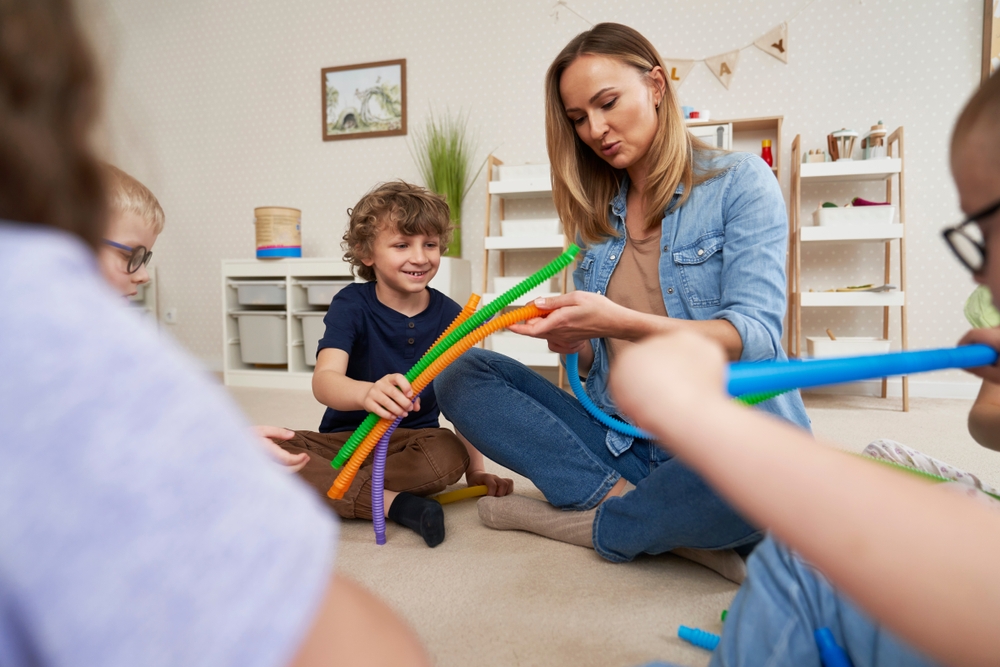
Toys and Games for Sensory Development
You don’t need specialised equipment to support sensory play, but certain toys can make it easier and more engaging.
Affordable Sensory Toys
- Fidget toys: Pop-its, stress balls, or tangle toys provide simple tactile input.
- Chewable jewellery: Safe, non-toxic options for children who seek oral sensory input.
- Therapy putty: Strengthens hands and improves sensory awareness.
- Balance boards or wobble cushions: Encourage core strength and stability.
Games That Support Sensory Skills
- Treasure hunts: Hide objects in sensory bins for your child to find.
- Texture guessing bags: Put objects in a cloth bag and have your child guess them by touch only.
- Simon Says with movement: Include sensory prompts like “Simon says crawl like a bear” or “Simon says stomp like an elephant.”
- Obstacle course relay: Combine crawling, balancing, jumping, and carrying objects.
Combining Toys and Everyday Objects
You don’t have to spend a lot of money. A cardboard box can become a tunnel, a washing basket can be a treasure chest, and kitchen utensils can become sound exploration tools.
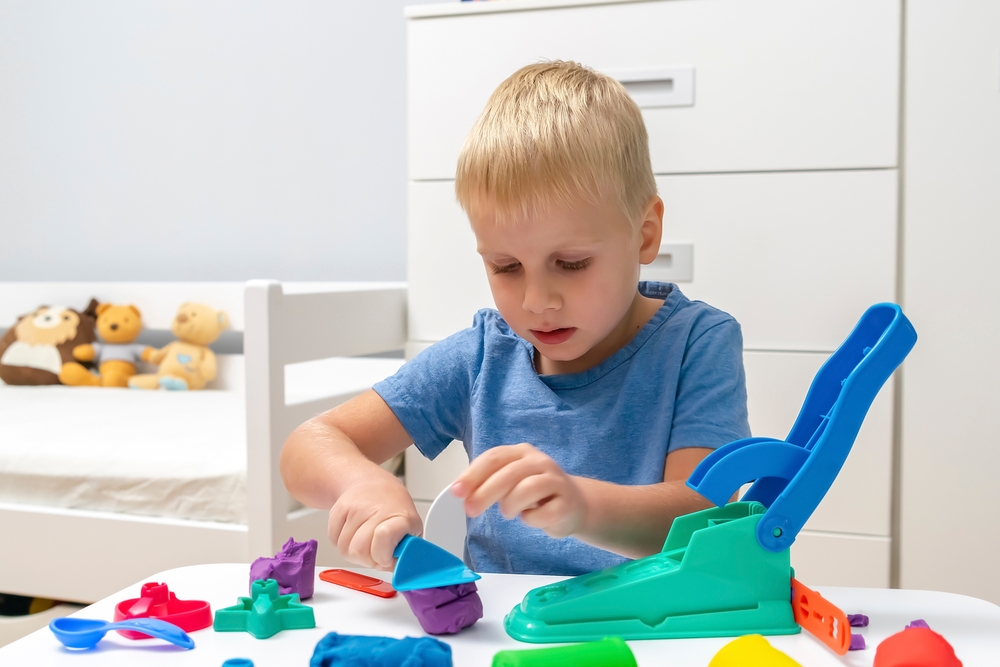
Supporting Sensory Play at Home
Sensory play is most beneficial when it feels safe and predictable. Here’s how to make it work for your family.
Follow Your Child’s Lead
Watch how your child responds. If they avoid certain textures or sounds, start with something they already enjoy before introducing new sensations.
Create a Sensory-Friendly Space
A calm, clutter-free area with soft lighting and familiar toys can help children feel more secure. Consider having a “sensory corner” with cushions, fidgets, and calming lights.
Balance Active and Calming Play
Pair active activities like swinging or jumping with calming ones like sensory bottles or soft music. This helps children regulate rather than become overstimulated.
Be Consistent
Repetition builds comfort and confidence. Try to include sensory play in your child’s daily routine, even for just 10–15 minutes.
Involve a Professional
An occupational therapist can create a personalised sensory plan based on your child’s needs. They can also teach you how to safely use sensory activities to build tolerance and self-regulation.
For tailored support, see our Occupational Therapy services.
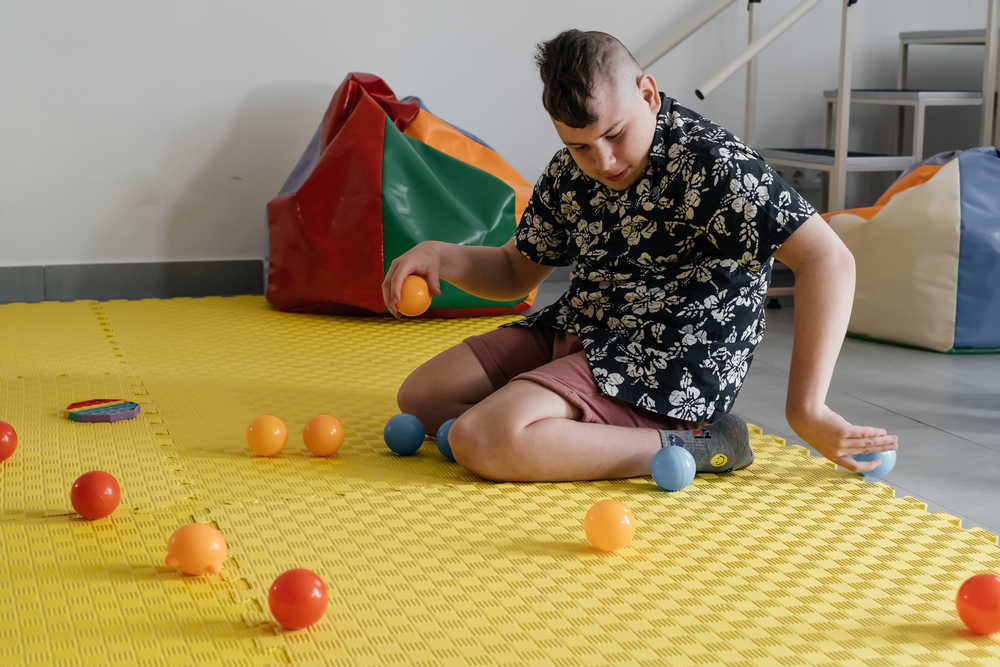
Frequently Asked Questions (FAQs)
What are good activities for sensory processing disorder?
Tactile bins, heavy-work tasks, swings, obstacle courses, and calming tools like sensory bottles all support sensory systems.
What should you do for a child with SPD?
Provide predictable sensory experiences, observe their reactions, and adapt activities to match their comfort level.
What toys help children with SPD?
Fidgets, chewables, therapy putty, balance boards, and calming lights can support different sensory needs.
What games are good for children with sensory issues?
Texture guessing bags, Simon Says with movement, and sensory treasure hunts make learning playful and interactive.
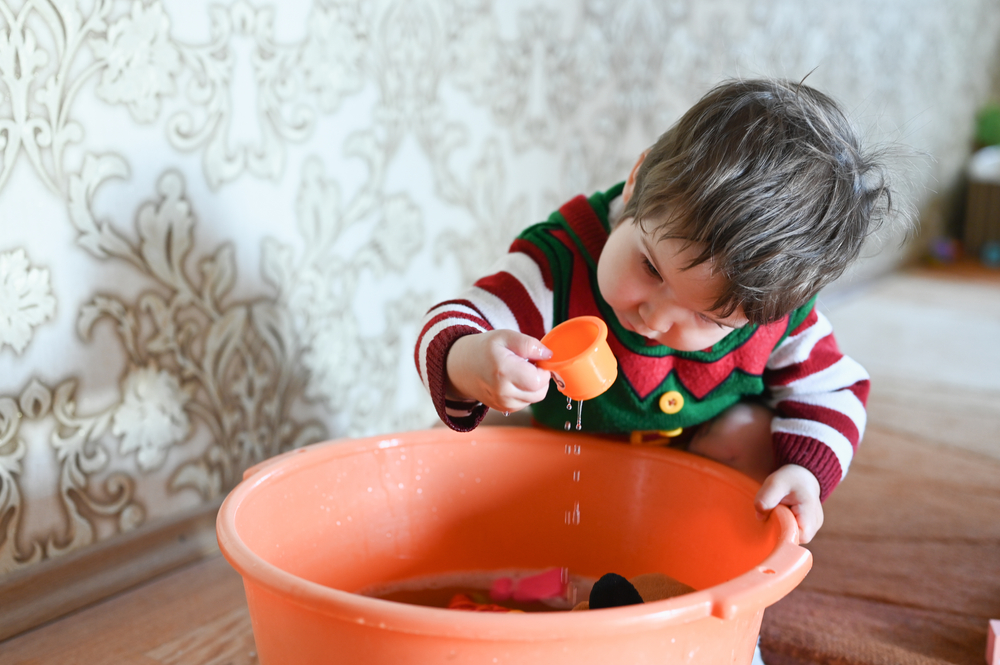
Sensory play helps children with Sensory Processing Disorder explore textures, sounds, movement, and sights in a way that feels safe and enjoyable. These activities build tolerance, improve self-regulation, and support confidence in daily life. With a mix of simple home activities, affordable toys, and professional guidance, sensory play can become an empowering part of your child’s routine.
Next Step
If you’re a parent or carer of a child with sensory processing challenges, you can refer them for a tailored occupational therapy plan.
Refer someone for an appointment
Our therapists can design personalised sensory strategies to help your child feel calmer, more confident, and more engaged at home, school, and in the community.
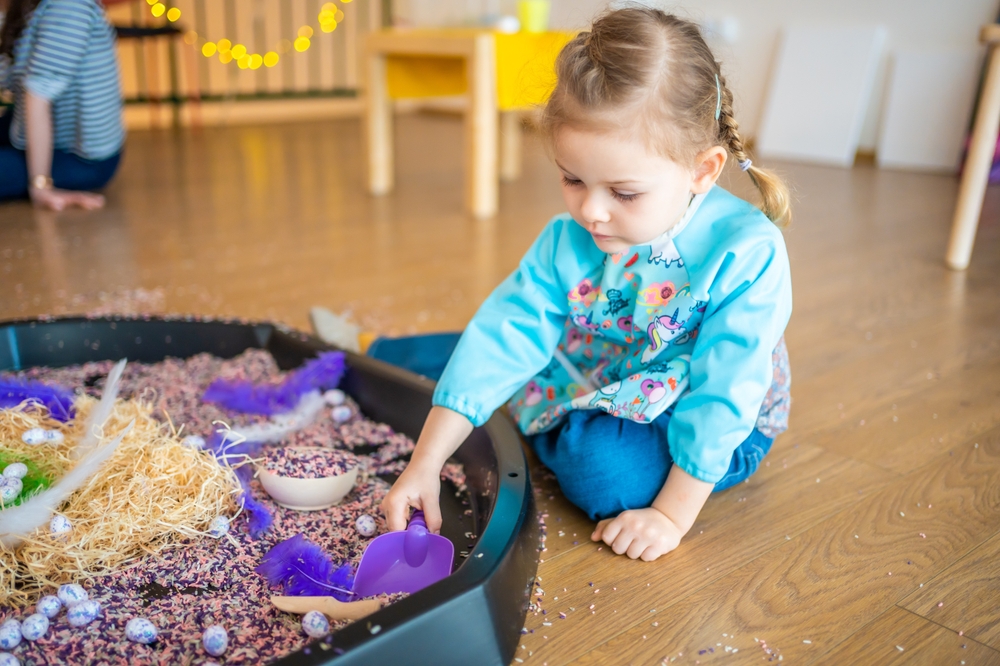
Date Published: Friday, August 1, 2025
Locate a Paediatric Occupational Therapy
Service Near me
Get the experience & convinence you deserve to support your or a loved one's allied health needs.
Our Paediatric Occupational Therapy team are currently serving & taking appointments in the following states and regions in Australia:
Need to get into direct contact with ur Client Services team? We're all ears. Call our team directly on 1300 731 733
